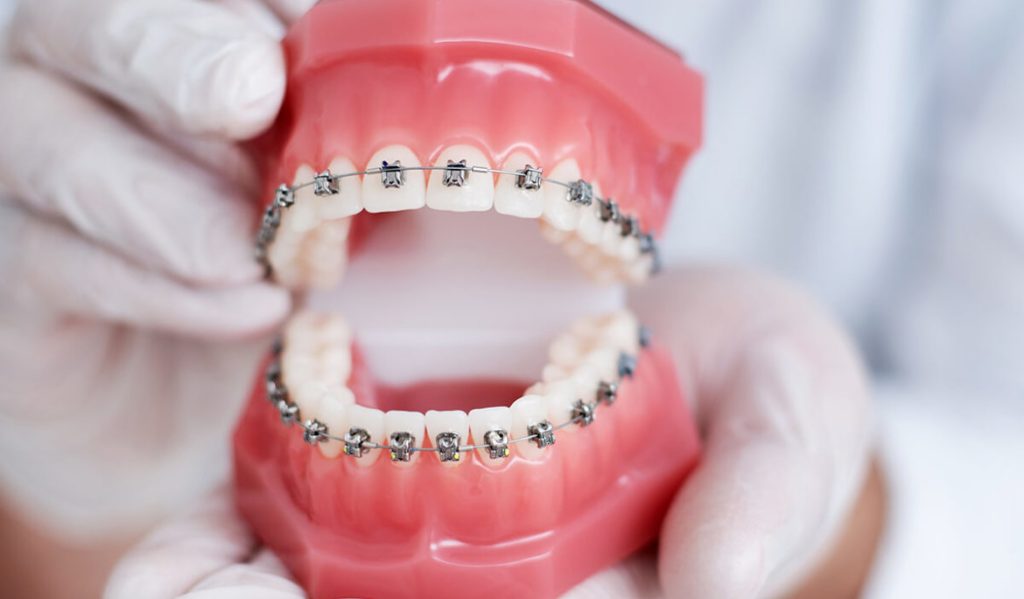Orthodontics, a specialized branch of dentistry, focuses on diagnosing, preventing, and treating dental and facial irregularities. Traditionally associated with metal braces, the field has evolved significantly, offering a range of solutions tailored to meet diverse patient needs. Metal braces remain a popular and effective treatment, particularly for complex cases requiring significant tooth movement. These braces consist of metal brackets affixed to the teeth, connected by wires that are periodically tightened to gradually shift the teeth into their desired positions. Despite their visibility, modern metal braces are more comfortable and aesthetically appealing than their predecessors. In addition to metal braces, ceramic braces offer a more discreet alternative. Made from tooth-colored materials, ceramic braces blend in with natural teeth, making them less noticeable. While they function similarly to metal braces, ceramic braces are often preferred by adults and older teens who are concerned about the appearance of traditional braces. However, they can be more fragile and may require more careful maintenance to avoid staining.

Lingual braces present another less visible option. These braces are attached to the back of the teeth, facing the tongue, making them virtually invisible from the outside. Lingual braces can be custom-made to fit the contours of each patient’s teeth, offering a high degree of precision. However, they can be more challenging to clean and adjust, and may initially cause discomfort and affect speech. The advent of clear aligners has revolutionized orthodontic treatment, providing a nearly invisible, removable alternative to traditional braces. Clear aligners, such as Invisalign, consist of a series of custom-made, transparent plastic trays that fit snugly over the teeth. Patients switch to a new set of aligners every few weeks, gradually moving their teeth into the desired positions. Clear aligners are particularly popular among adults and teens seeking a discreet treatment option that does not interfere with their lifestyle. They can be removed for eating, brushing, and flossing, which facilitate better oral hygiene compared to fixed braces. However, clear aligners may not be suitable for more complex orthodontic issues and require strict compliance to be effective.
Orthodontic treatments extend beyond aesthetics, addressing functional issues that can impact oral health and overall well-being and learn more. Misaligned teeth and jaws can lead to problems such as difficulty chewing, speech impediments, and increased risk of tooth decay and gum disease. By correcting these issues, orthodontic treatment can improve both the appearance and function of the teeth, contributing to long-term oral health. Technological advancements continue to enhance the field of orthodontics, making treatments more efficient and comfortable. Digital imaging and 3D printing have streamlined the process of designing and manufacturing orthodontic appliances, allowing for more precise and personalized care. As research and innovation progress, patients can expect even more effective and convenient treatment options in the future. From traditional metal braces to innovative clear aligners, the options available today cater to various needs and preferences. While each method has its advantages and limitations, the ultimate goal remains the same: to achieve a healthy, functional, and aesthetically pleasing smile. As technology continues to advance, the future of orthodontics promises even more tailored and efficient solutions for patients of all ages.